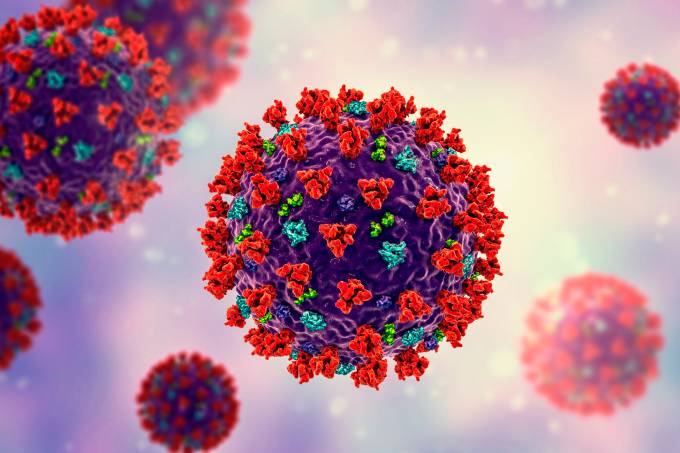Protocol Detail


FEBRILE CHILDREN
The mainstay of diagnosis is physical examination by a physician who is experienced in the care of children and adolescents.
Diagnosis
Can be difficult! Be cautious!
Approx 10% have bacterial disease.
UTI accounts for a greater percentage
All need thorough clinical assessment.
Exclude underlying metabolic, cardiac & endocrine problems.
Bacterial sepsis more likely is: WCC > 15,000, Left shift, T>38.5
Management
1. Management of all children under 1 year should be discussed with medical officer prior
to discharge/admission,
2. All toxic children need full “septic work-up” (FBC, U&E’s, Blood cultures, urinalysis and
Urine MSC, CXR, LP as indicated),
3. Children <1 month of age should generally all receive a “septic work-up” & be admitted,
4. Children 1-3 months should receive a “sepsis work-up”, Consider discharge after
consultation with medical officer if child is clinically well, and the tests are normal
5. Children 3/12-3 years should be treated as clinically indicated if well.
6. Children 3/12-3 years who are unwell & have no clear focus for fever should have “septic
work-up” & be admitted for appropriate treatment,
7. Generally, any child who remains unwell or has difficult social circumstances should be
admitted,
8. Any child who is discharged should be reviewed within 1-2 days by their LMO or more
promptly if they deteriorate or do not improve,
9. Manage fever initially with paracetamol 15 mg/kg PO or 30 mg/kg PR as a single dose.









